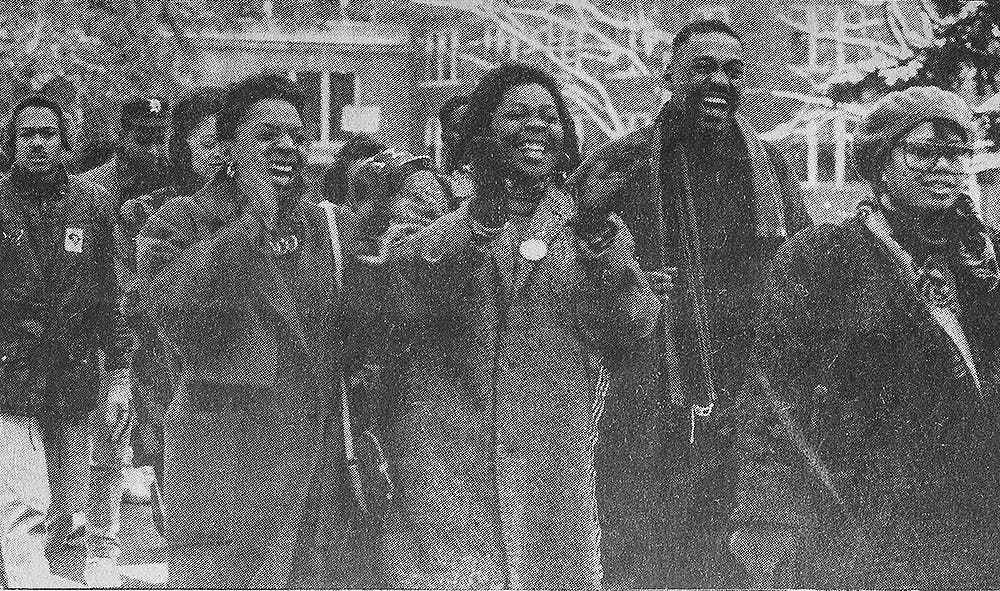On May 17, 1954, the U.S. Supreme Court ruled racial segregation in public schools unconstitutional. In Lansing, the process of desegregation continued into at least 2013.
After the Supreme Court decision, commonly known as Brown v. Board of Education, many school districts across the country began to desegregate, but in other districts, the process was slow or stagnant.
In 1972, 18 years after school segregation was ruled unconstitutional, the National Association for the Advancement of Colored People, or the NAACP, sued the Lansing Board of Education for implementing a policy they worried could have a “resegregative effect,” according to University of Nebraska political science professor Michael W. Combs.
Schools in Lansing with more students of color had smaller playgrounds, and in the case of the Michigan Avenue School, were poorly maintained, Federal Judge Noel Fox wrote in his opinion.
Hiring practices in the Lansing School District were discriminatory, too, Fox noted. Some applicants were told that the district didn’t hire teachers of color, though Olivia Letts was hired in 1951 as Lansing’s first black elementary teacher, and eventually became the district’s first black principal.
Letts was inducted into the Michigan Women’s Hall of Fame in 2016 for her work desegregating the Lansing School District.
The lawsuit could have been prevented by earlier action, according to Fox.
“The present School Board had numerous opportunities throughout the course of this case to terminate the litigation by voluntarily integrating the elementary schools,” Fox wrote in his opinion. “Instead of resolving the matter themselves, the Board members chose to pursue the litigation and force the court to decide the hard issues involved.”
The Lansing Board of Education was found liable for policies of intentional segregation. The policies were “vestiges of slavery,” Fox wrote.
The desegregation process was still on-going as of 2013 .
“Lansing School District has dealt with court-ordered mandatory desegregation” for more than 40 years, according to a 2013 desegregation plan. “Lansing School District continues to grapple with desegregation issues and low performance in racially identifiable schools.”
White students in Lansing continue to move to charter and parochial schools from public schools in the district, according to the 2013 plan.
In response, the Lansing School District says they hope to create magnet programs to draw students back in and “reduce Black student isolation,” although limited funding is a major hindrance to the implementation of desegregation plans. Even 63 years after Brown v. Board of Education, desegregation in schools is not complete. Representatives from the Lansing School District could not be reached for comment.


